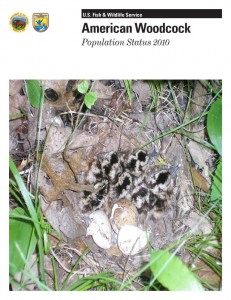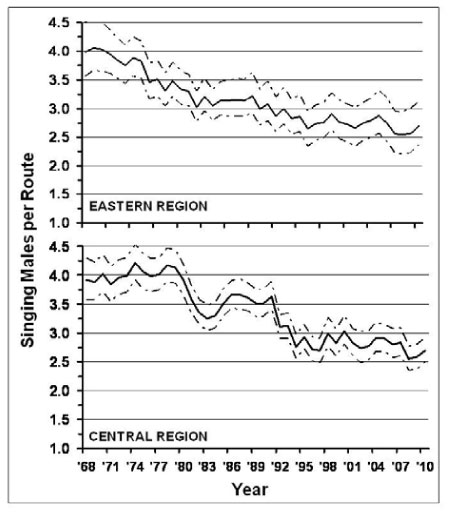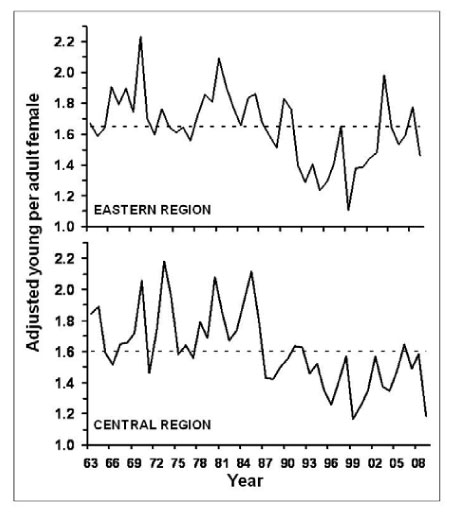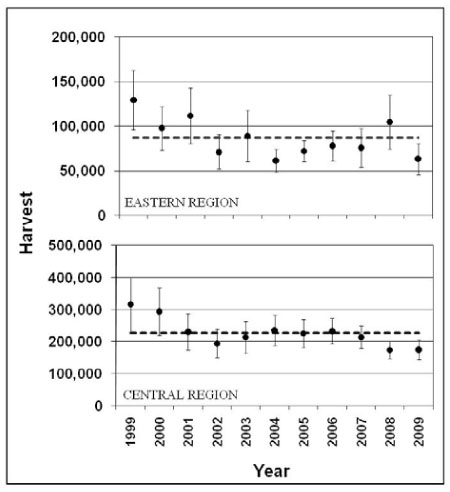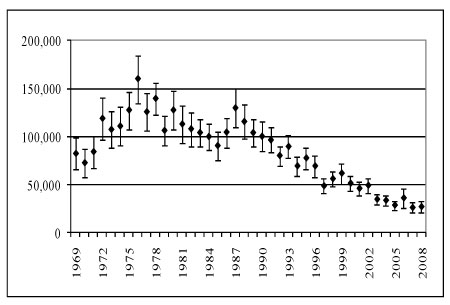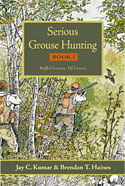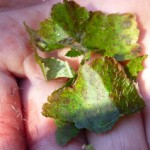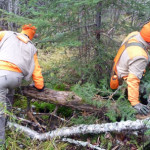Woodies Continuing to Decline
The U.S. Fish and Wildlife Service recently issued its population status report for the American woodcock and it’s not great. Except for woody hatchlings in the central flyway, the data aren’t terrible compared to 2009 – though it’s definitely not a good picture over time, no surprise since it seems like almost everyone is against cutting trees these days.
You can get the full report here (it’s a pdf), but below are excerpts of the abstract (summary) and a few graphs which should give you a 20K-foot view:
> Data for 2010 indicate that indices for singing American woodcock males in the Eastern and Central Management Regions are not significantly different from 2009.
> This marks the seventh consecutive year that the 10-year trend estimate was not significant in the Eastern Region.
> The 10-year trend in the Central Management Region showed a significant decline.
> Both regions have a long-term (1968-2010) declining trend of -1.0% per year.
> The 2009 recruitment index for the U.S. portion of the Eastern Region (1.5 immatures per adult female) was 8.6% lower than the 2008 index, and 11.5% below the long-term regional index.
> The recruitment index for the U.S. portion of the Central Region (1.2 immatures per adult female) was 20.3% lower than the 2008 index and was 25.6% lower than the long-term regional index.
> Estimates from the Harvest Information Program indicated that U.S. woodcock hunters in the Eastern Region spent 178,000 days afield and harvested 63,300 woodcock during the 2009-10 season, while in the Central Region hunters spent 322,300 days afield and harvested 175,100 woodcock.
Category: 2010, Forecasts/counts, Woodcock

